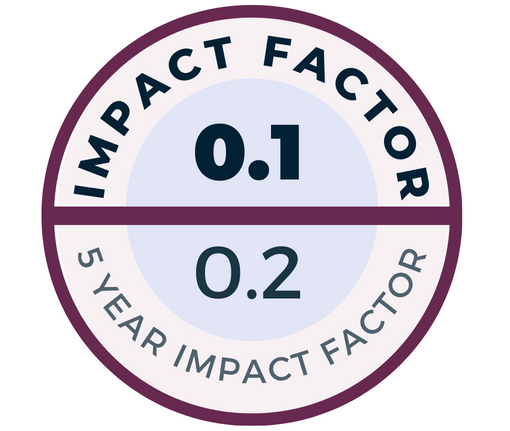Objective: The purpose of this research was to examine how attachment of the uncinate process superiorly (SAUP) relates to possession of an agger nasi cell, pneumatisation of the middle turbinate and the measurements of the base of the skull anteriorly. The study was carried out using computerised tomography (CT).
Methods: The study involved CT imaging captured from 727 individuals with persistent sinusitis- 1454 images in total, featuring coronal section of the paranasal sinus. The frequency of SAUP, existence of an agger nasi cell, pneumatisation of the middle turbinate and how high the lamella measured laterally, were all noted. Landsberg and Friedman’s classification scheme for SAUP was utilised. Statistical analysis used the chisquared test.
Results: In 1.65% of cases, SAUP was not identifiable. With regard to class of SAUP, the most frequent was type 2, then, in descending order of frequency, types 1, 4, 3, 5 and 6. The frequencies noted were 27.6%, 19.8%, 15.4%, 14.5%, 12.0% and 9.0%, respectively. An agger nasi cell was visualised in 894 images (61.07%). There was pneumatisation of the middle turbinate in 395 images (27.17%). The lamina cribrosa measured 5.58mm on average.
Conclusion: There were significant correlations between the type of SAUP and the existence of agger nasi cells or of concha bullosa. However, the type of SAUP was not statistically significant in predicting the height of the lamina cribrosa.


